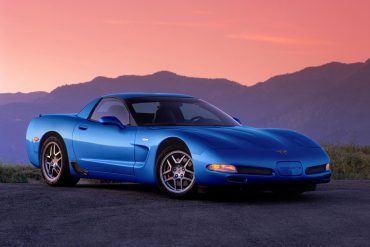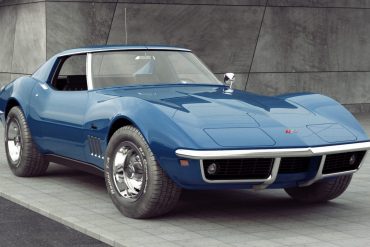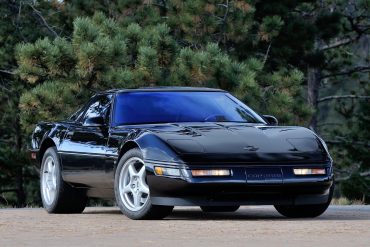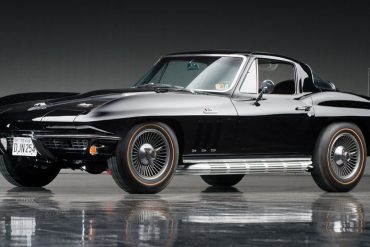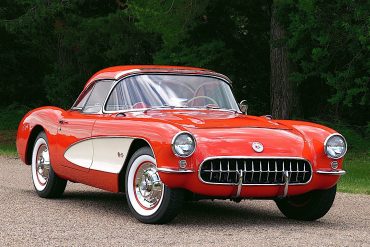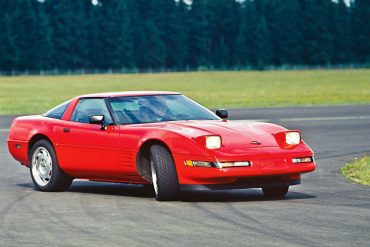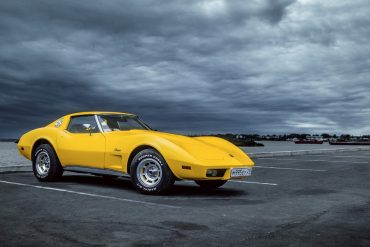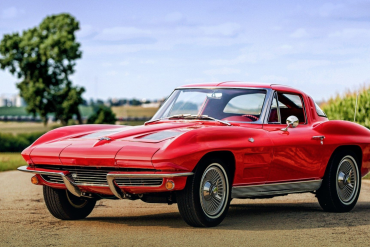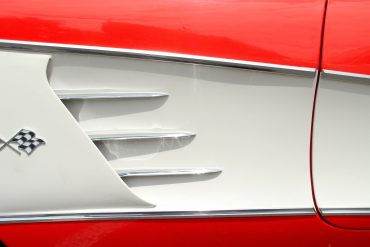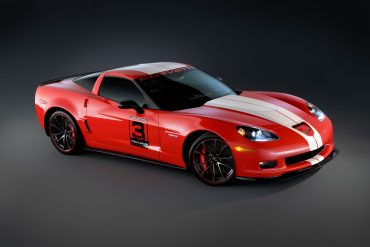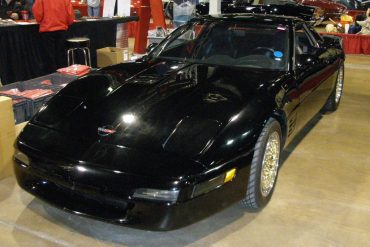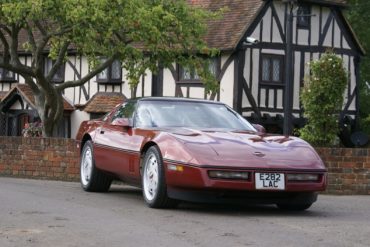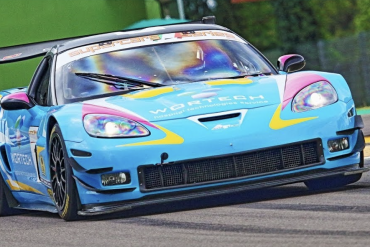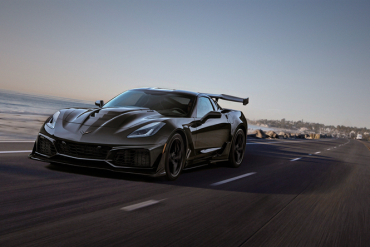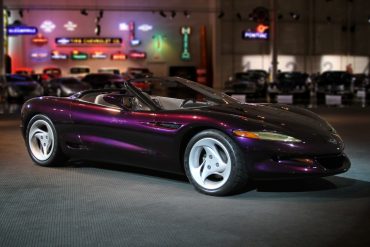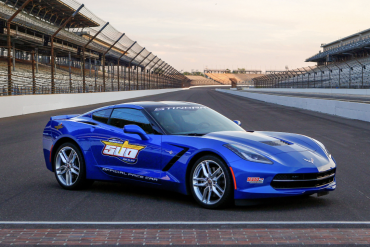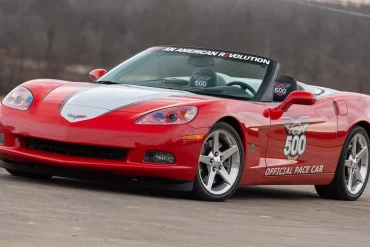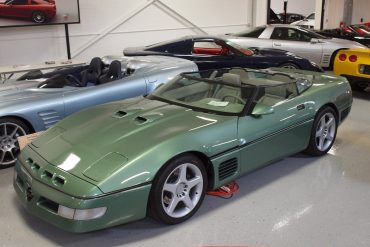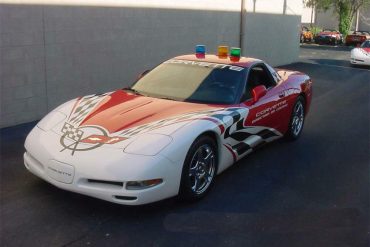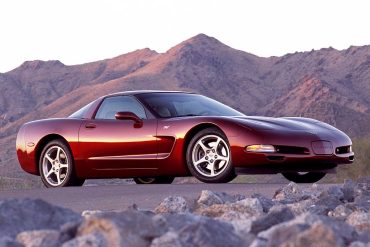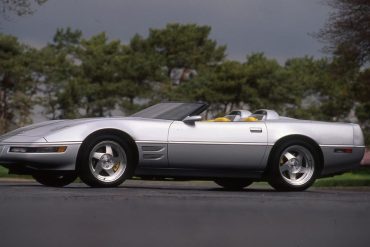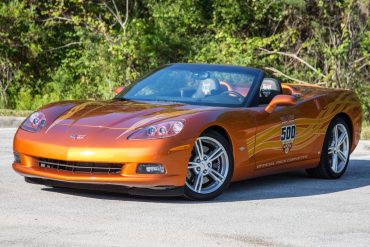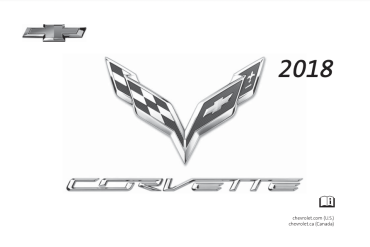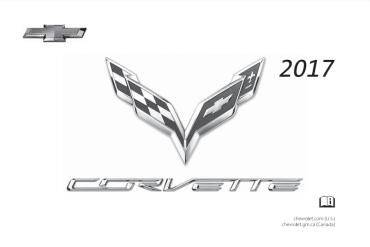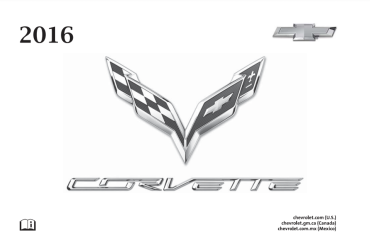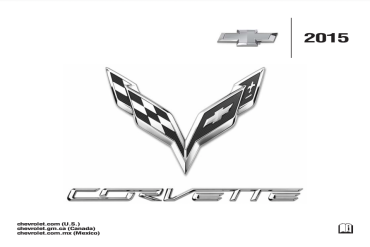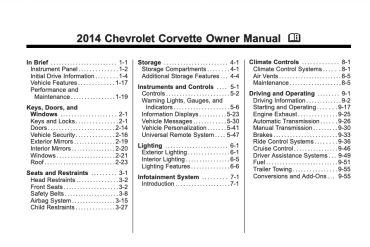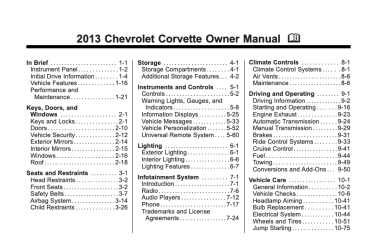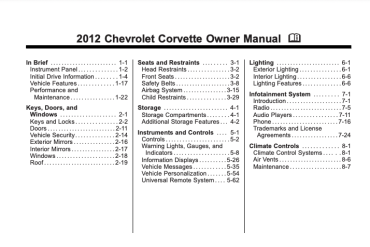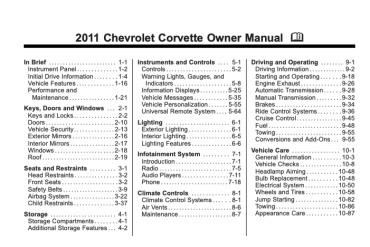C5 Corvette Build Dates & Production Timelines Below we have captured the build date data for all C5 Corvette cars....
JoinedMarch 9, 2017
Articles577
C3 Corvette Build Dates & Production Timeline Below we have captured the build date data for all C3 Corvette cars....
C4 Corvette Build Dates & Production Timeline Below we have captured the build date data for all C4 Corvette cars. We...
C2 Corvette Build Dates & Production Timeline Below we have captured the build date data for all C2 Corvette cars....
C1 Corvette Build Dates & Production Figures Below we have captured the build date data for all C3 Corvette cars....
C4 Corvette VIN Decoder Starting in 1981 GM added several characters to the Corvette VIN to bring the total up...
C3 Corvette VIN Decoder Chevrolet kept the same format for the Corvette VIN going from the C2 generation into the...
C2 Corvette VIN Decoder The C1 Corvette VIN carried over into the C2 generation Corvette and kept it that way...
C1 Corvette VIN Decoder When the Corvette first came out in 1953 the VIN was simple and to the point....
This special edition Corvette comes with a ZO6 Performance Package, Magnetic Selective Ride Control, CFZ carbon fiber package with splitter and rocker moldings, carbon fiber raised hood, black headlamp housings and mirrors, red brake calipers, ebony interior with red stitching, suede-trimmed steering wheel, shift knob, parking brake handle and armrests with red stitching, centennial-model seats, racing pedal package, and racing-style graphics.
CERV IV was nothing more than a C4 with the all new powertrain and interior in it. Read the commentary of a car magazine reporter: "We suspect that the first, very early prototypes of the all-new, Gen III ran on the dynos at GM Powertrain sometime in the early spring of 1993. In-vehicle testing began at the GM Milford Proving Ground in the first week in May of 1993 with the "Chevrolet Engineering and Research Vehicle IV-A".
This is no ordinary C4 coupe, but a GM Engineering test mule with VIN plate EX4607 proudly displayed in the windscreen, built in 1986 to test all the new-for-1988 features. This actual car must have spent weeks pounding round the General Motors Proving Ground at Milford, Michigan with longer runs on the road, testing all the changes for a year which saw the C4 suspension, steering and brakes vastly improved.
During the summer of 2005, a decision was made to transform selected Z06 road cars into a new breed of racer to compete in the world's top GT3 championships. The first series to introduce this new GT3 class was the SRO and FIA's GT3 Championship. Based on their racetrack test results, Team Carsport saw instant potential in the car. Hezemans contracted Callaway Competition in conjunction with Koos Pettinga, manager at Corvette Europe, to convert the street Z06 into a Z06R GT3.
The Funniest Corvette Memes All In One Place We have been on a meme run over the last week or...
The Corvette Stingray Concept was developed as an internal design challenge to combine classic Corvette cues with surprisingly high-tech features, modern materials, and a striking new appearance. The car is well-appointed with a clamshell hood, scissor-style doors, ergonomic seats, rear-view camera with night vision enhancement, and a high performance hybrid drive. Interactive touch controls allow the driver to customize the power and efficiency of his or her ride.
The all-new, seventh-generation 2014 Corvette Stingray served as the Indianapolis 500 Pace Car, leading the field to green at the start of the 97th running of “The Greatest Spectacle in Racing,” on Sunday, May 26 2013. It marked a record 12th time the Corvette served as the Pace Car, starting in 1978. Jim Harbaugh, head coach of the NFL’s San Francisco 49ers, drove the all-new 2014 Chevrolet Corvette Stingray Pace Car
The 2005 Corvette Pace Car paced at the 89th Annual Indianapolis 500 on May 29, 2005. It was driven by Retired Army General and former Secretary of State Colin Powell. There were three Pace Cars produced. Eight Track/Festival convertibles painted Victory Red Corvette were used on race day. These Track/Festival Pace Cars did not have the center silver stripe, logo-embroidered headrest, and graphics that were on the actual pace car. There were two replica pace cars produced.
In 1989 Callaway introduced a Speedster which was the culmination of their styling, engineering and trimming talents. Their first example was a bright green ZR1, which had a severely chopped windscreen, no side mirrors, eighteen inch wheels and a vibrant blue leather interior stitched purposefully from Germany. Nothing about Callaway’s Speedster was reserved, and this is especially true when investigating the specification. The car had 450 horsepower.
Millions of spectators, broadcast viewers and listeners from around the world will be focused on the western region of France as one of Chevrolet’s fifth-generation family of Corvettes (referred to as C5) will pace an international field of sports cars as the Official Pace Car of the 67th running of the Le Mans 24 Hour race on June 12-13, 1999.
Another decade – another milestone anniversary edition Corvette. However, the 2003 model year was especially significant as it marked the 50th year of the Corvette’s production at Chevrolet. To commemorate a half-century of manufacturing, every Corvette built in 2003 was adorned with special “50th Anniversary” badging – a unique “50” badge on each of the front fenders above the bodyside coves, and a special crossed flags badge that included “50 Anniversary” badging.
Chevrolet Corvette ZR-1 Spyder prototype, 1991, by ASC. An experimental styling prototype ordered by Don Runkle, Chevrolet’s chief engineer, to see how far the ZR-1 might be pushed in convertible form. The windshield was chopped in half and the seats were mounted directly to the floorpan. The black example in the National Corvette Museum was originally painted Sebring Silver with a Neutrino Yellow interior.
One special-edition Corvette was introduced in 2007 was based on the Corvette Pace Car that was used at the 91st running of the Indianapolis 500 driven by actor/racer Patrick Dempsey. The significance of this car was the fact that GM had not produced a pace car replica since the 1998 model year, even though the Corvette had paced the prestigious event a bunch of times since then.
This Owners Guide contains important information regarding the operation and maintenance of your 2018 Corvette. In order to obtain maximum enjoyment and usage from your car, we suggest that you familiarize yourself with the contents...
This Owners Guide contains important information regarding the operation and maintenance of your 2017 Corvette. In order to obtain maximum enjoyment and usage from your car, we suggest that you familiarize yourself with the contents...
This Owners Guide contains important information regarding the operation and maintenance of your 2016 Corvette. In order to obtain maximum enjoyment and usage from your car, we suggest that you familiarize yourself with the contents...
This Owners Guide contains important information regarding the operation and maintenance of your 2015 Corvette. In order to obtain maximum enjoyment and usage from your car, we suggest that you familiarize yourself with the contents...
This Owners Guide contains important information regarding the operation and maintenance of your 2014 Corvette. In order to obtain maximum enjoyment and usage from your car, we suggest that you familiarize yourself with the contents...
This Owners Guide contains important information regarding the operation and maintenance of your 2013 Corvette. In order to obtain maximum enjoyment and usage from your car, we suggest that you familiarize yourself with the contents...
This Owners Guide contains important information regarding the operation and maintenance of your 2012 Corvette. In order to obtain maximum enjoyment and usage from your car, we suggest that you familiarize yourself with the contents...
This Owners Guide contains important information regarding the operation and maintenance of your 2011 Corvette. In order to obtain maximum enjoyment and usage from your car, we suggest that you familiarize yourself with the contents...


